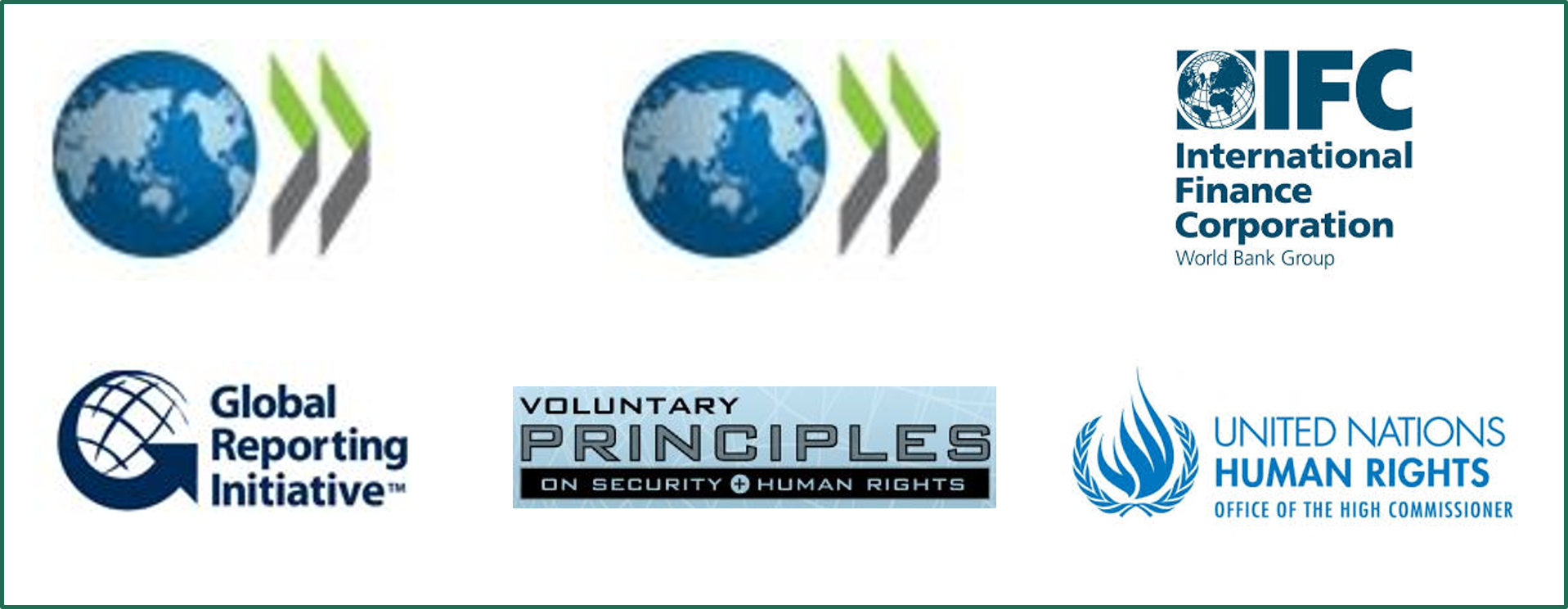What is a fit-for-purpose organisation structure?
FAQ | 5 June 2023

What is this about?
To put it simply, one of the most important actions you can take is to ensure your communities/community relations/social performance team is capable of supporting your business plan...
More actions for a stronger social licence
ESG Performance | 28 May 2023

I've written before about ten must-do-actions for a stronger social licence. These come from personal experience working in company-community relations on mine sites in Africa. This new/different/alternative take on doing what matters comes from local communities, reflecting directly on their concerns for the well-being and development opportunities for individuals and the collective community...
Global perspectives
ESG Performance | 14 May 2023

Home country and host country governments and local communities expect companies to respect their laws, to operate openly and in consultation with them and to implement best practices. While there are many (too many maybe) good practice guidelines, these six widely recognized international social performance guidelines provide a solid platform for any project...
Mining and Land Access
FAQ | 30 April 2023

What are we talking about?
Land access needs to be viewed in two parts. Land Access can be temporary and short-term and in the context of mineral exploration is associated with initial reconnaissance, surveying, test-pits and drilling. Camp facilities are usually considered temporary although their use may extend for many years. These activities can cause temporary loss of economic benefit from land use as a result of short-term restricted access for farming and damage to / loss of crops. Temporary land access should not result in physical displacement.
The second aspect is long-term land acquisition and resettlement. This is associated with accessing land required for building new (greenfields) or expanded (brownfield) operations. Large-scale land acquisition, involving large numbers of individuals, significant areas and resettlement is typically associated with greenfield projects, and is a complex and costly (typically running to $Ms) and lengthy (2-5 years) undertaking that must be managed using robust project management processes. The work is usually outsourced to resettlement specialists...
Mining and Project Induced In-Migration
FAQ | 16 April 2023

What is Project Induced In-migration?
Project Induced In-migration (PIIM) is the movement of people into an area in anticipation of, or in response to, opportunities associated with the development and/or operation of a new project and is an inevitable consequence of project development. Exploration and development activities may directly induce in-migration or may be a catalyst for the broader economic development of the region that leads to in-migration. Either way, companies can contribute to a reduction of in-migration and prevent and/or mitigate the impacts. In-migration affects individuals, households and communities, traditional authorities and local government. Women, children, the elderly, and minorities – are particularly vulnerable to disruptive change. Unlike some other company related impacts, addressing PIIM is often not well understood so here are a few ideas you might want to consider...
Mining and Community Complaints
FAQ | 2 April 2023

What are we talking about here?
Taking complaints seriously and establishing a good complaint handling procedure is one of the most effective ways of dealing with local concerns. Implementing a simple, well-designed procedure demonstrates a willingness to take community members and their issues seriously. A good process can play a major part in building better relationships with local communities, will help with the early identification and resolution of concerns and will reduce the potential for unanswered questions to escalate into something more serious.